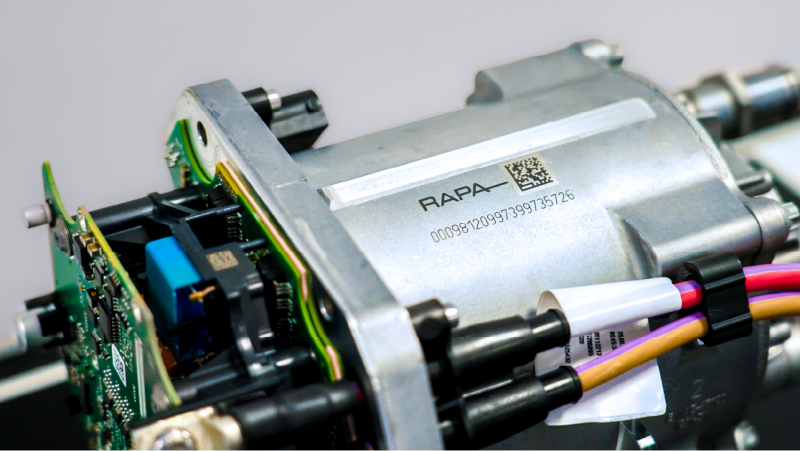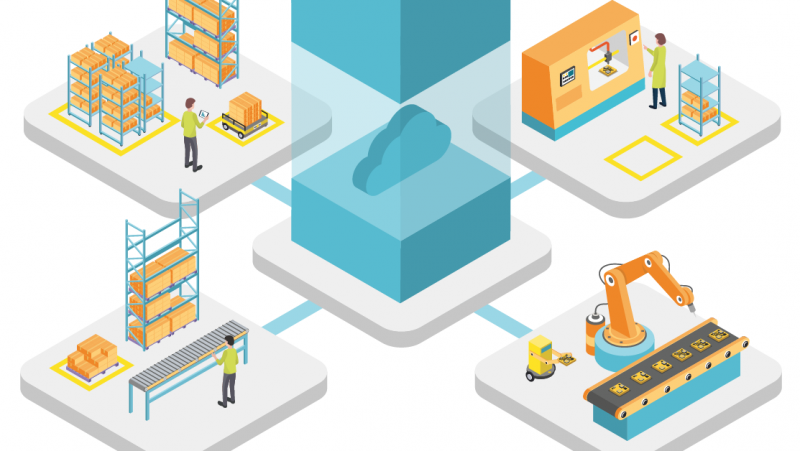Switching to SaaS: a strategic change that saves CAPEX and OPEX
- Cloud
- Article
Security, scalability and cost optimisation – these are just a few of the cloud benefits that will surprise few people today. But what else does the cloud conceal? This year we’re expected to see an unbelievable 23% increase in cloud-services spending over 2020 – partly but not solely due to the need to secure remote workforces and optimise IT costs. That’s because the transition to SaaS services has unlocked an entirely new category of company-wide benefits for the strategic development of companies that use it.
“It’s important to keep in mind that the use and acceptance of the cloud, which has served companies well during the ongoing crisis, will not look the same in the years to come,” explains Sid Nag, Vice President for Cloud Services & Technologies at Gartner Research 1. “It will continue to evolve, from use in migrating infrastructure and applications, to combinations of the cloud with technologies such as AI, the IoT, 5G and more.“ In the long term the cloud thus serves as a glue that enables the use of countless modern technologies without the need for complicated preparations.
Cloud solutions make it easier to predict and manage expenses, thus reducing risk by distributing expenses over a longer period of time.
Faster approval/planning and comfortably low OPEX
Compared to on-premise solutions, SaaS eliminates the need for a large initial investment into purchasing licenses and hardware. Thus companies do not have to set aside large sums – generally from CAPEX – to implement their projects. SaaS lets OPEX cover these expenditures. This makes it easier to plan, approve and implement strategic IT projects, because a lower management level can decide on them. SaaS also makes it easier to predict and manage expenses, thus reducing risk by distributing expenses over a longer period of time. And time is also the theme of the next benefit – SaaS entirely eliminates the risk of a project’s being integrated into a planned budget too late, i.e. missing the start of the fiscal year. While with an on-premise solution you might have to wait up to a year for the next budgeting cycle, the cloud lets you jump on immediately at any time via OPEX.
“This is easy to see in e.g. 3PL companies that factor IT costs into their monthly service prices charged to clients. If e.g. a WMS system is also paid for monthly, this is a clear win-win,” explains Marek Šabatka, Aimtec’s Cloud Business Development Manager.
Costs for on-premise vs costs for SaaS
The long-term costs for SaaS and on-premise solutions are generally nearly equal. But TCO (Total Cost of Ownership) is only one way in which on-premise solutions and SaaS can be compared.
For on-premise solutions, we count the following into the TCO:
- High initial costs for
- Hardware
- Software licenses
This vastly increases the opportunity costs for on-premise solutions. These costs are money the company could have invested otherwise when the IT solutions were being purchased – e.g. to improve products or services or buy hardware. Another major benefit of SaaS is the possibility of including regular cloud-solution payments into operating expenses.
Save your IT team’s valuable time
Companies that use SaaS platforms don’t have to install and manage their own infrastructure, take care of backing it up, securing or supporting it, or spend time on regular updates. Information systems will continue to become more complicated – and this in a world that lacks qualified IT employees. Yet abundant specialists are precisely what an on-premise system needs. Transitioning to SaaS prevents these problems and saves future expenses as well as the costs of very expensive IT experts.
Ensuring high service uptime also tends to be a major challenge within on-premise solutions. With a SaaS solution, much more space opens up for an IT team to focus on business, i.e. to develop customer services, innovate, or specialise in the use of key company services – i.e. orders with significantly more added value.
SaaS financial benefits that might surprise you
|
“Cloud solutions significantly speed up support. The supplier has full control over the infrastructure, and so supervision, interventions and repairs are far faster and easier than for an on-premise solution. In SaaS there’s no need to worry about remote access or customer-infrastructure specifics, greatly reducing the time from detecting a problem to resolving it,” explains Michal Kárník, Aimtec CIO.
Besides saving on infrastructure administration, a company gains immediate access to systems’ latest versions without any effort from IT.
We hardly have to mention that SaaS is gradually becoming the standard. And the cloud is quickly becoming a necessary (but not sufficient) condition for a company’s swift development. After all, it offers the ideal base for deploying new technologies and innovative solutions of every kind in a snap. And how about a benefit many companies will overlook? The IT team gets a chance to become a strategic business partner with an entirely new field of activity, and the accounting department gains a better view of expenses and easier planning.
Sources:
1. Gartner Forecasts Worldwide Public Cloud End-User Spending to Grow 23% in 2021 Gartner [online].
2. How SaaS Can Help Businesses Lower Cost of Ownership? SaaSholic [online].
Share article
Top stories from logistics, production and IT.
Subscribe to Aimtec Insights
By registering, you agree to the processing of your personal data by Aimtec as described in the Privacy policy.
Get top stories and articles
from Logistics, Production and IT.
Subscribe to Aimtec Insights
By registering, you agree to the processing of your personal data by Aimtec as described in the Privacy policy.







